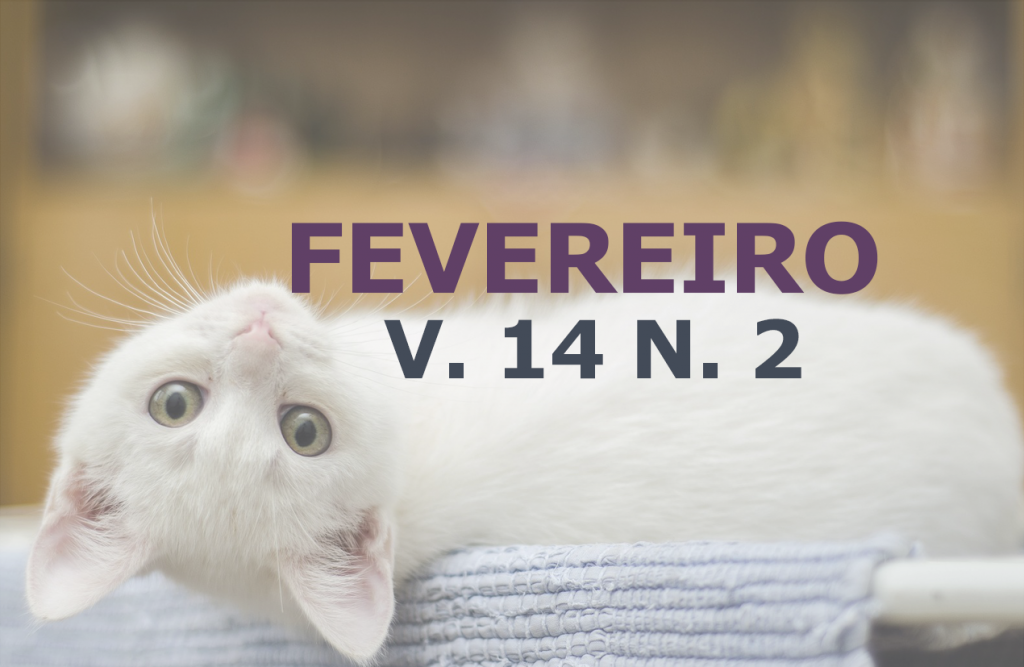Composting carcasses of dead animals eliminates pathogenic microorganisms
DOI:
https://doi.org/10.31533/pubvet.v14n2a502.1-11Keywords:
Aerobic process, animal mortality, disposal, pathogenic bacteriaAbstract
The disposal of cattle carcasses is a potential economic and environmental liability. The destination of cattle carcasses is a critical point in rural properties, where animal mortality is a reality, added to the difficulties for its proper disposal. Inappropriate disposal of carcasses brings environmental contamination by pathogenic microorganisms, endangering human and animal health and the environment. Composting is a biological decomposition process of organic matter and a practical and simple alternative for carcass disposal. Was evaluated the effect of composting on the viability of indicator microorganisms relevant to cattle breeding. Plastic spheres containing lyophilized pathogenic microorganisms Echerichia coli, Enterococcus faecalis, Pseudomonas aeruginosa, Listeria monocytogenes, Streptococcus uberis, Staphylococcus aureus, Bacillus cereus and Salmonella Typhimurium, were placed at strategic points inside the carcass and in the compost piles, to monitor the presence of these microorganisms during the process. Plastic balls were removed from composting piles 7, 15, 30, 60 and 90 days for microbiological analysis. The results showed that composting reduces and / or eliminates pathogenic microorganisms. Composting provides microbiological safety for the use of the bio-compost generated as fertilizer.
Downloads
Published
Issue
Section
License
Copyright (c) 2020 Leandro Serrano, Vanessa Romário de Paula, João Batista Ribeiro, Márcio Roberto Silva, Célio de Freitas, Marcelo Henrique Otenio

This work is licensed under a Creative Commons Attribution 4.0 International License.
Você tem o direito de:
Compartilhar — copiar e redistribuir o material em qualquer suporte ou formato
Adaptar — remixar, transformar, e criar a partir do material para qualquer fim, mesmo que comercial.
O licenciante não pode revogar estes direitos desde que você respeite os termos da licença. De acordo com os termos seguintes:
Atribuição
— Você deve dar o crédito apropriado, prover um link para a licença e indicar se mudanças foram feitas. Você deve fazê-lo em qualquer circunstância razoável, mas de nenhuma maneira que sugira que o licenciante apoia você ou o seu uso. Sem restrições adicionais
— Você não pode aplicar termos jurídicos ou medidas de caráter tecnológico que restrinjam legalmente outros de fazerem algo que a licença permita.





